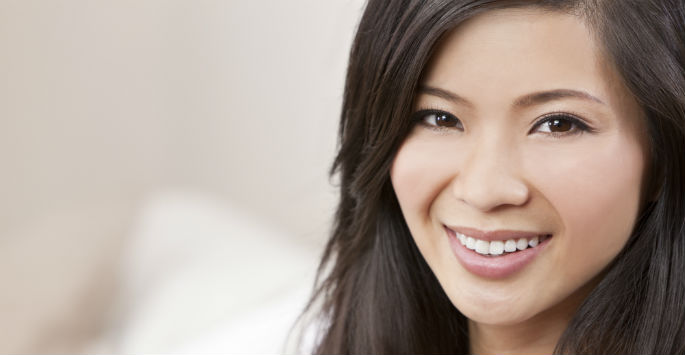Urinary incontinence is the uncontrolled and involuntary release of urine. It is a common problem, especially in older adults. While embarrassing, it is usually not associated with any major health problems. However, female incontinence is still a common condition in gynecology.
Types of Female Incontinence
Acute incontinence is a temporary condition caused by a health problem. Urinary tract infections, certain medications, and even constipation can cause it. Treating the cause generally takes care of the incontinence.
Chronic urinary incontinence is an ongoing problem that takes two main forms: stress and urge. Stress incontinence is the most common bladder control problem that affects women. It’s the type in which the patient urinates when they sneeze, laugh, jog or do anything else that presses on the bladder. Urge continence is the type in which the patient has a sudden and overwhelming need to urinate – and can’t make it to the toilet in time. The two forms can occur separately or together.
Stress incontinence is generally caused by weakened pelvic floor muscles that don’t support the bladder properly. The bladder consequently drops down and presses against the vagina. The patient also can’t tighten the muscles that keep the urethra closed. The extra pressure on the bladder can cause urine to leak out when the patient laughs, sneezes or exercises.
Urge incontinence is caused by an overactive bladder that keeps expelling urine. Doctors don’t always know what causes urge incontinence, but some of the more common causes include stress, irritation of the bladder or neurological conditions, like Parkinson’s disease.
How is Female Incontinence Treated?
There are many treatments for female incontinence. They include behavioral training, lifestyle modification, and exercises, medications, medical devices and surgery. Which treatment is used depends on the type of incontinence the patient has and how severe it is. If the incontinence has multiple causes, the most serious cause will be treated first.
In most cases, our experts will start by treating a patient with a combination of behavioral training, lifestyle changes, and medicine. Behavioral training involves timed urination and bladder training. Bladder training can help patients with any type of incontinence.
Kegel exercises are special exercises designed to strengthen the muscles of the pelvic floor. They can help patients with stress and/or urge incontinence. After finding the muscles that they use to stop urinating, the patient contracts those muscles for three seconds and then relaxes them for three seconds. They should not use the thigh or stomach muscles in the process.
Consult with the Experts
The best way to determine if you are a candidate for female incontinence treatment is to schedule a visit with our medical professionals at the office of Dr. Sherry Thomas, MD in Agoura Hills. After carefully evaluating your situation, we will be happy to come up with a treatment plan that is right for you. Contact us today to schedule your consultation to learn more.

